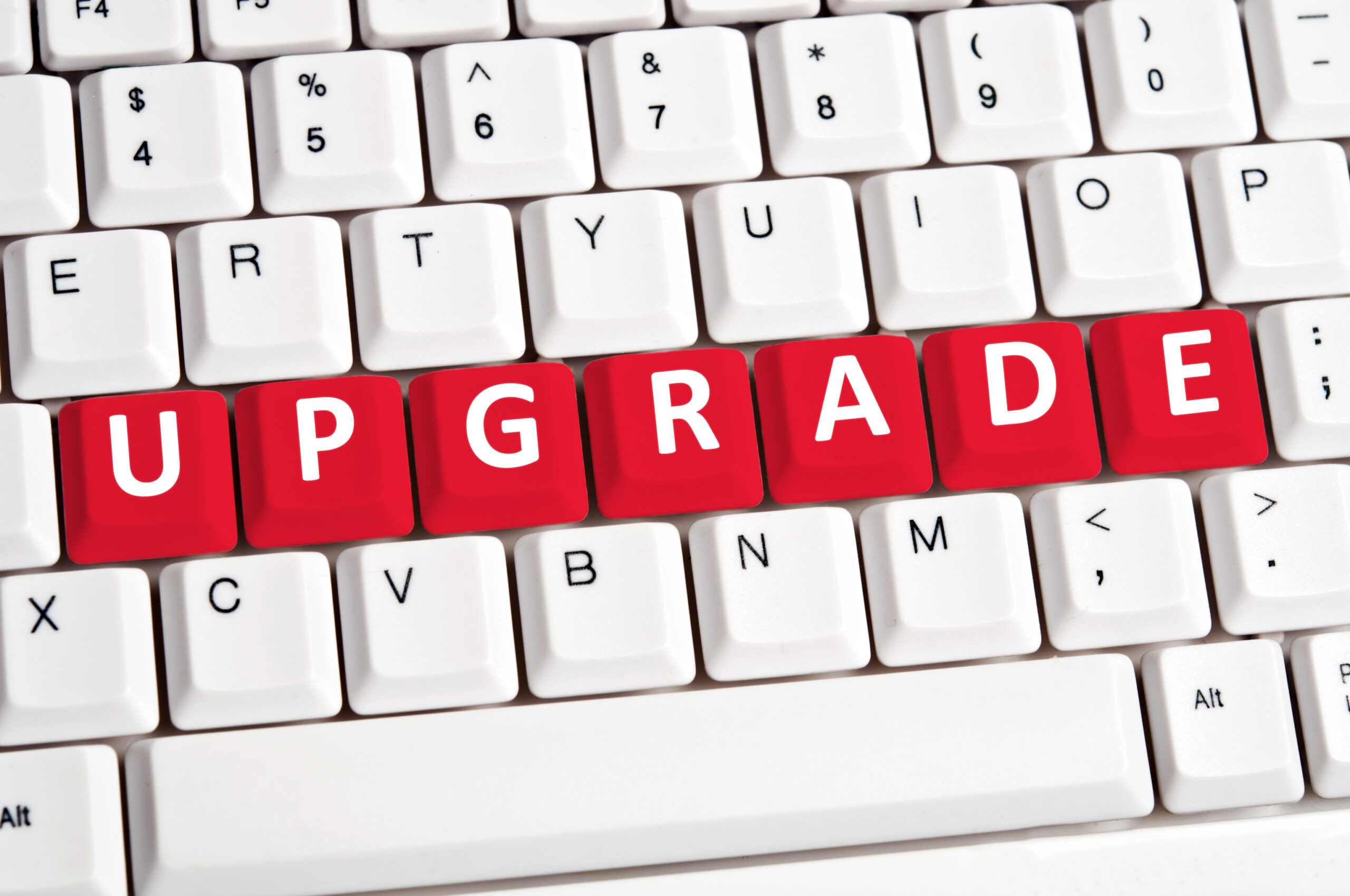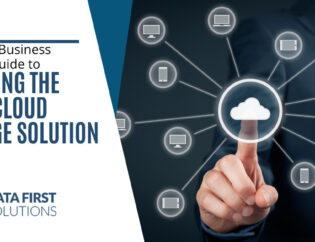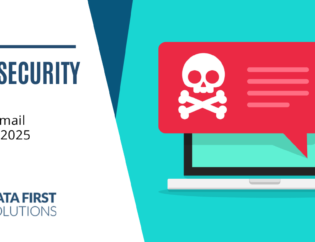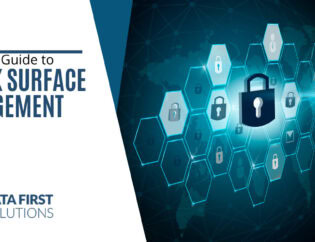
The old drivers for how technology is chosen and who is in charge of technology look completely different than they did just 10 years ago.
One example of this is the move to remote teams, which has been fueled in large part by the global pandemic, as well as the advancement of cloud solutions and mobile technology.
What Does Technology Refresh Mean?
Traditionally, companies have put technology in place that they expected to stay put for a while. Several years down the road, they look at what needs to be refreshed to stay competitive and replace outdated systems.
This can include moving to a new operating system because the old one is no longer supported or adopting a cloud application to replace an offline system that’s become cumbersome.
Technology refresh inherently assumes that for several years, technology strategy and assets will stay the same, then be refreshed at a designated time.
According to the German technology company, CHG-Meridian, technology refresh has become an outdated concept, which should be replaced by continuous technology renewal. This approach keeps technology fluid, responsive, and always evolving.
What Drives the Need to Update Technology? (Old vs New)
The reason to rethink the technology refresh cycle is that the drivers for keeping technology updated have changed dramatically.
We’ve gone from everyone in the same office with the company largely handling technology needs to a more “self-service” approach, with employees working from home and being the main entity in charge of their technology environment.
In 2021, the number of permanent remote employees is expected to double.
Let’s look at some of the past drivers of technology refresh and compare those to what’s driving new technology today.
Upgrade Because of Hardware or People?
A traditional driver of new hardware and software upgrades in the past was Moore’s Law, which is a principle stating that every two years, the speed and capability of computers are expected to double.
Companies upgraded based upon things like software compatibility with a new computer system or the potential cost/benefit of increasing system speed versus remaining with older hardware.
Today, the need to keep systems updated has less to do with the hardware and capacity and more to do with attracting and enabling talent.
The ability to work remotely and freelance has made the battle for top talent even more intense between companies. Often, it’s the ability to work with optimized systems and the newest technology that attracts the best people. Thus, this has become a more important technology upgrade driver.
Nearly half (49%) of employees stated they’d be inclined to leave their current job if they don’t like the technology they have to work with.
OS Needs vs Device Needs
Mobile devices have now exceeded computers when counting up the number of endpoints on a company network. This proliferation of employees using multiple devices to do their work has changed another important driver for technology refresh cycles.
Where companies used to look mainly at operating system lifecycle and capabilities when choosing the business software they used, they’re now looking at how many devices a software can support.
Does this new CRM tool have a good mobile app? Can we get all the same functions on desktop and tablet? Is data easily accessible across all devices?
Those are just some of the questions that are now factoring into software decisions.
Is this Hardware/OS Still Supported vs What Do Employees Need to Support Them?
Another people-related change in mindset when it comes to keeping technology updated and optimized is the move from a vendor mindset to an employee mindset.
For example, some of the vendor-related drivers for hardware and software upgrades used to be:
- Is this device still supported by the vendor?
- Has the warranty run out?
- Does this OS still get security updates?
Now, companies are looking at remote teams, and upgrading based upon questions like:
- Is this easy for employees to use?
- Is this operating system comprehensive?
- Does this hardware come with automated security protections?
TOC and ROI vs Productivity and Risk
Companies often factored in only the hard numbers of the total cost of ownership for their equipment and the return on investment when making IT upgrade decisions.
That understanding of cost vs benefit has now expanded to include more of the very real costs that companies face when they allow technology to get outdated.
This includes the cost of productivity losses if employees are held back by their tech from performing at full capacity. Another very real cost and one that can devastate a business is security. If a system is allowed to get outdated and is no longer supported with security updates, it can mean a major cyberattack with costly consequences.
Put a Continuous Technology Renewal Strategy in Place
Data First Solutions can help your business adjust to today’s workforce and technology changes effectively and affordably.
Contact us today to book a free assessment. Call 416-412-0576 or book your assessment online.









